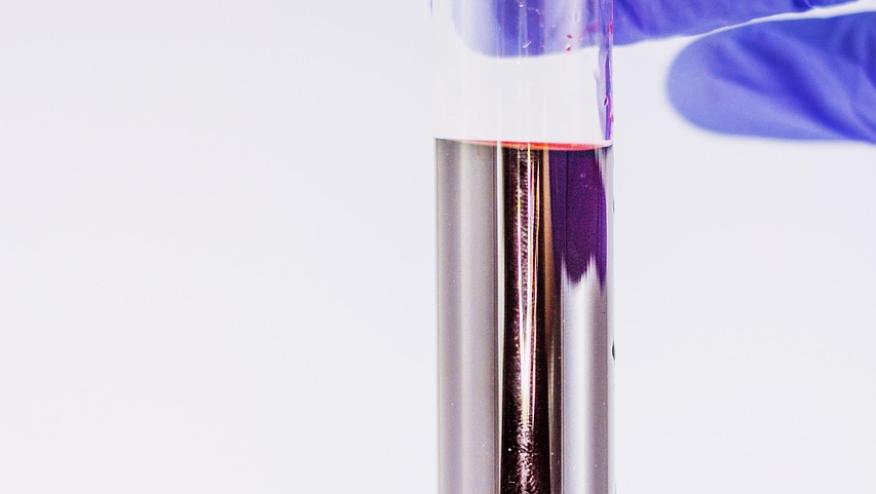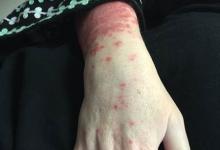HLA-B27 Testing in Practice Save

A single center study shows HLA-B27 testing is often performed by both by rheumatologists and nonrheumatologists for a wide array of reasons and often along with other serologic tests. Optimal use of HLA-B27 testing has yet to be defined.
HLA-B27 is strongly associated with spondyloarthritis (SpA) and uveitis and is part of the classification criteria and referral strategies for axial spondyloarthritis (SpA).
Analysis of adults tested for HLA-B27 at the Mass General Brigham healthcare system looked at ordinger, co-ordering and clinical implications.
HLA-B27 tests were ordered for 1960 patients, most commonly by rheumatology (40%) and ophthalmology (21%). Overall, 11% were HLA-B27 positive. Ophthalmology had the highest positive rate (15%), whereas reactive arthritis was the indication with the highest positive test rate (50%).
The most common indications for HLA-B27 testing were:
Peripheral arthritis (33%)
Uveitis (22%)
Back pain (16.7%)
Nearly 70% of HLA-B27 tests (69.3%) were ordered concurrently with other autoantibody tests.
Patients who were HLA-B27 positive were more likely to be referred to rheumatology (53% vs 32%; P = 0.002).
Judicious use of HLA-B27 testing hinges on its added value in uncertain but suggestive clinical scenarios (eg, low back pain, suspected uveitis or reactive arthritis) and avoidance of HLA-B27 testing as a "screening" test in low risk populations.











If you are a health practitioner, you may Login/Register to comment.
Due to the nature of these comment forums, only health practitioners are allowed to comment at this time.